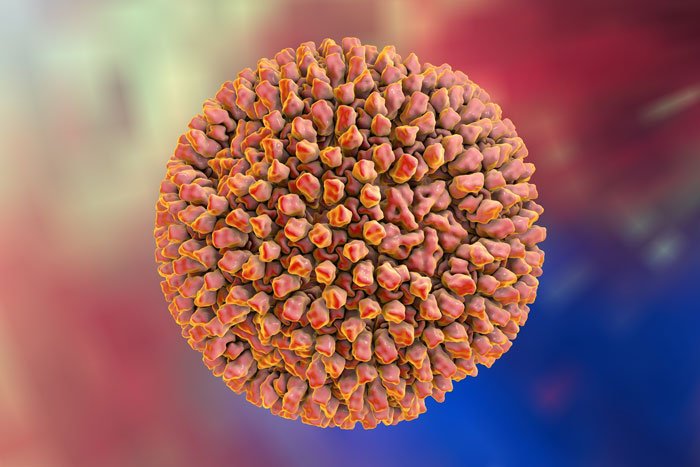Researchers identify key step in viral replication
Posted: 14 March 2018 | Drug Target Review | No comments yet
Researchers have showed how a common virus hijacks a host cell’s protein to help assemble new viruses before they are released.


The findings, by researchers at the Children’s Hospital of Pittsburgh of UPMC and the University of Pittsburgh School of Medicine, increase our understanding of how viruses reproduce in the body and could lead to new therapeutics.
The new findings were identified in reovirus, a common virus that is normally harmless but has recently been implicated as a potential cause of coeliac disease.
“Our work provides compelling evidence that reoviruses, and perhaps additional distantly related viruses, require a specialised protein-folding machine expressed in cells to replicate,” said Terence Dermody, M.D., chair of the Department of Pediatrics at Pitt’s School of Medicine, physician-in-chief and scientific director at Children’s Hospital, and the senior author on the study.
“This is a pretty remarkable finding because viruses are in large part made of complex protein building blocks and we know little about how these blocks are assembled.”
Folding proteins in the right way is crucial to their function. “Think of an unfolded protein like a plain sheet of paper: Rather unremarkable by itself, but capable of performing sophisticated functions when folded in a certain way, such as into an airplane. Similarly, proteins need to fold into specific shapes to work correctly,” said Jonathan Knowlton, the first author of the study and a researcher in Dermody’s lab.
By screening a large number of proteins in lab-grown cells, the researchers discovered that reovirus hijacks a chaperone protein – a machine that folds other proteins – called TRiC, that is present in every cell. In the case of reovirus, TRiC folds a major component of the protein shell that forms the outer coat of the virus, which is required for it to exit the cell and in\fect other healthy cells. When TRiC is disrupted, the outer coat cannot form and the cycle of viral replication is broken.
This study sheds light on the poorly understood process by which viral proteins fold and assemble to form new particles. The researchers are now studying whether other viruses use this pathway to reproduce, identifying the exact steps in the folding process enabled by TRiC and looking for molecules that inhibit the process, which could be developed as therapies.
In addition, this research contributes to an understanding of how the protein-folding machinery functions inside cells and may explain the manifestations of protein-misfolding diseases, such as Alzheimer’s and Huntington’s.
The study is published in Nature Microbiology.
Related topics
Disease research, Protein, Research & Development, Screening
Related conditions
Coeliac disease, reovirus
Related organisations
Children's Hospital of Pittsburg, University of Pittsburgh School of Medicine
Related people
Jonathan Knowlton, Terence Dermody


